Search
Remove Ads
Advertisement
Summary 
Loading AI-generated summary based on World History Encyclopedia articles ...
Search Results
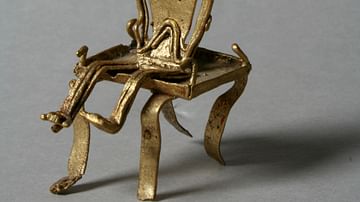
Definition
Muisca Civilization
The Muisca (or Chibcha) civilization flourished in ancient Colombia between 600 and 1600 CE. Their territory encompassed what is now Bogotá and its environs and they have gained lasting fame as the origin of the El Dorado legend. The Muisca...
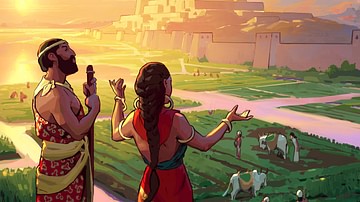
Definition
Civilization
Civilization (from the Latin civis=citizen and civitas=city) is a term applied to any society which has developed a writing system, government, production of surplus food, division of labor, and urbanization. The term is difficult to define...
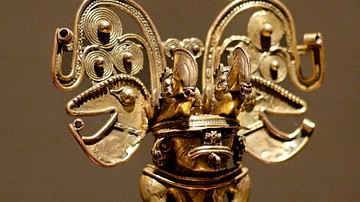
Definition
Tairona Civilization
The Tairona civilization - one of the Chibcha family tribes - flourished in northern Colombia between 200 CE and 1600 CE. Like the Muisca of Cundinamarca, the Tairona were known for their expertise in crafting and metallurgy, especially goldsmithing...

Definition
Indus Valley Civilization
The Indus Valley Civilization was a cultural and political entity which flourished in the northern region of the Indian subcontinent between c. 7000 - c. 600 BCE. Its modern name derives from its location in the valley of the Indus River...

Definition
El Dorado
El Dorado ('Gilded Man' or 'Golden One') referred to the legendary kings of the Muisca (Chibcha) people who populated the northern Andes of modern-day Colombia from 600 to 1600. The name derives from the coronation ritual when the new king...

Image
Muisca Tunjo
A Muisca tunjo or votive offering, 1200-1600 CE. This 20 cm long gold alloy raft has figures standing on it wearing jewellery and recalls the coronation ceremony of the Muisca culture which gave rise to the legend of El Dorado. (Museo de...

Image
Muisca Gold Figure
A Muisca (Chibcha) seated gold figure on a stool (tunjo). Colombia, 10th-16th century CE. (Metropolitan Museum of Art, New York)
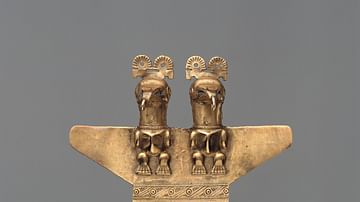
Image
Muisca Double Eagle Pendant
A Muisca (Chibcha) double eagle gold pendant. Colombia, 10th-16th century CE. (Metropolitan Museum of Art, New York)
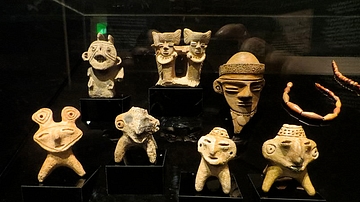
Image
Muisca Votive Offerings, Lake Guatavita
A collection of objects offered to Lake Guatavita by the Muisca tribe of ancient Colombia. Includes ceramic vessels and is now on display in British Museum, London.

Image
Muisca Male Tunjo
This figure depicts a male; he holds an object with his right hand. A material of religious significance, the flat gold figures (or Tunjos), were votive offerings left in caves or lakes. They were rarely found inside tombs. Pre-Columbian...